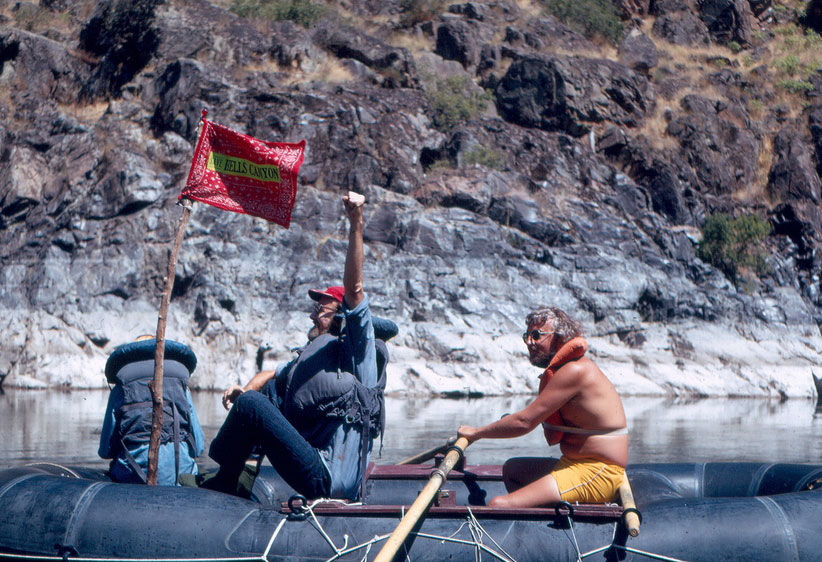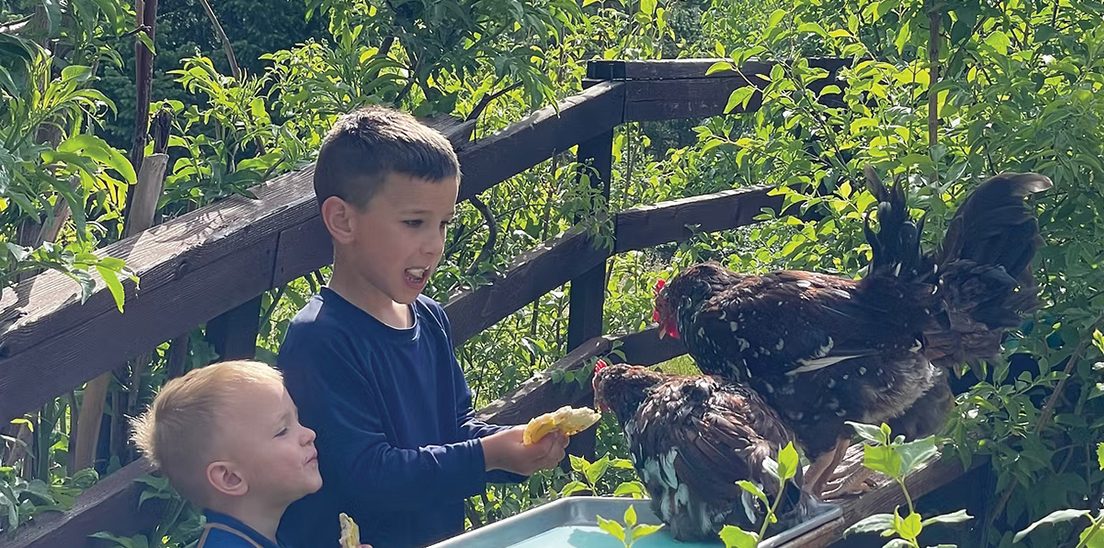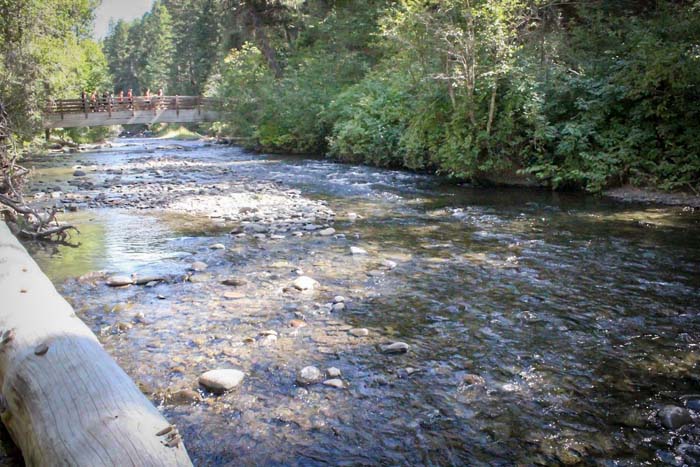The keepers of Hells Canyon
Published 7:30 am Saturday, December 16, 2017

- Singer Pete Seeger, front, and original Hells Canyon Preservation Council member Boyd Norton float the Snake River in Hells Canyon in 1972. (Larry Williams photo)
But even though the High Mountain Sheep dam never rose to block the Snake River in the deepest part of Hells Canyon, the very prospect of the 670-foot-high edifice had consequences that continue to affect Northeast Oregon half a century after the U.S. Supreme Court temporarily blocked the project.
Trending
Among those consequences was the creation of the Hells Canyon Preservation Council.
The conservation organization, which started in Idaho and later moved to Oregon, first to Wallowa County and then to its current headquarters in La Grande, celebrates its 50th anniversary this year, coinciding with that landmark ruling by the nation’s highest court.
The Council also recognized the milestone with a name change that reflects the broader mission it has pursued for much of its history.
Trending
The new name — Greater Hells Canyon Council — acknowledges that the organization’s focus extends beyond the canyon itself to encompass 4 million acres of public land in Northeast Oregon and Southeast Washington, said Darilyn Parry-Brown, the Council’s executive director, during a recent interview at the Council’s office in the Sac Annex in downtown La Grande.
“We were the only group advocating for our public lands in this region at the time,” Parry-Brown said, referring to the organization’s founding in 1967.
Although the Council’s campaign to stop the High Mountain Sheep dam succeeded in a more permanent way than the Supreme Court’s decision, with the creation of the Hells Canyon National Recreation Area on the last day of 1975, the Council’s efforts on behalf of the region’s forests, grasslands and rivers, and the wildlife that depend on those ecosystems, has continued.
For the complete story, see the Dec. 15 edition of The Observer.









